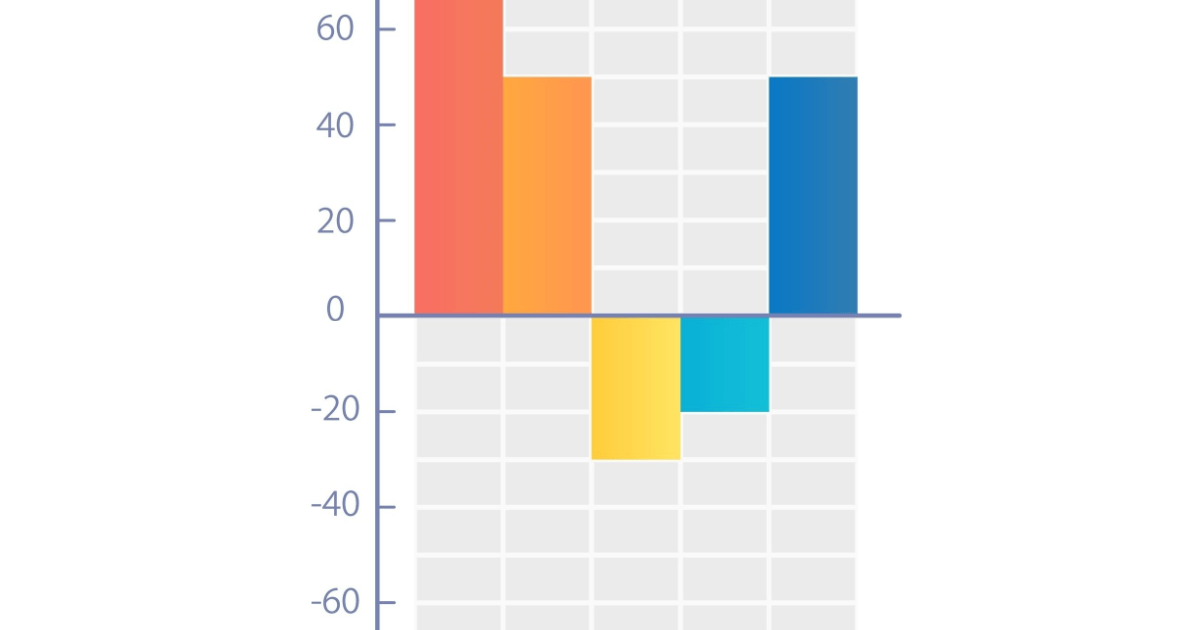January 17, 2024
Everyone agrees that social media marketing has an impact on e-commerce revenue. Brands that embrace social commerce — the art of creating shoppable social experiences that drive purchases — enjoy higher conversion rates and increased sales.
But these KPIs are just the tip of the social media marketing iceberg. Social commerce can improve your metrics throughout the funnel. And with marketing budgets under intense pressure these days, knowing what and how to measure can help you impress your stakeholders and prove your social media strategy’s success.
Keep reading to learn how social commerce affects key phases of the shopper experience, how to make it easy for social media visitors to become customers, what to look for in a social media marketing tool, and how to tie your social marketing efforts to revenue.
Social media marketing’s impact on product discovery
When it comes to organic product discovery, social media can be a brand’s best friend. For many consumers, especially Gen Zers and Millennials, social media is one of the most popular channels for discovering brands and products.
Many are even going as far as saying social media is the new search, with a whopping 73% of 18-24-year-olds discovering products through social than any other way.
To jump on this trend and help drive product discovery, the luggage brand Samsonite used collect user-generated content (UGC) about their products from social media. Because these photos and videos were made by actual customers, the content was more authentic and relatable than anything Samsonite could produce in-house.
The brand’s marketing team turned this UGC into social media posts and experiences that drove shoppers to the brand’s website and partner sites.
The same authentic and inspirational travel content that caught shoppers’ attention on social media was then displayed throughout Samsonite’s product pages, creating a consistent and engaging shopping experience that increased conversions by 4x and revenue by a striking 250%.
And it all began on social.
Social media marketing’s impact on consumer trust
Because UGC — like ratings, reviews, and user-submitted photos and videos — are created by actual customers, they provide other shoppers with powerful social proof. This increases consumer trust and confidence in your brand and products.
- 89% of shoppers rely on reviews to learn more about products
- 85% of consumers say they consider online reviews just as trustworthy as recommendations from friends and family
“People want to buy products and services based on recommendations and inspiration from people they trust. That could be family, friends, and communities, and it can also be authentic influencers they follow on social media.” – Accenture
In general, when shoppers interact with UGC that’s relevant to their product search, brands and retailers can see up to a 145% boost in conversion rates, as well as increases in revenue per visitor and average order value.
For lifestyle brand Villeroy & Boch, incorporating customer photos of products into their website, emails, and newsletter resulted in an even bigger boost to consumer confidence — and sales. The brand used UGC to inspire shoppers by showing how their products can be used in real-life situations. This strategy helped Villeroy & Boch achieve:
175% increase in time on site
275% boost in conversion rate
29% higher average order value
“We want to show authentic, trustworthy, real-life content from our customers’ lives, their tables, their rooms, and their homes,” said Sabine Kaufmann, Head of E-commerce Operations, Dining & Lifestyle at Villeroy & Boch. “A picture is worth 1,000 words. It can help describe a product far better than any words could.”
Want to increase revenue from social media marketing? Create an easy path to purchase
One of the top reasons people prefer shopping on social is the convenience. They already spend time on sites like Instagram and TikTok. Why not spend money there too?
- 55% of shoppers like to shop directly on social media
- 69% of shoppers have been inspired by social media to make a purchase through another channel
The key to getting the most revenue from your social media marketing is to make it easy for consumers to go from scrollers to shoppers. By creating a seamless path to purchase, you’ll increase key e-commerce metrics from site traffic to, most importantly, sales.
Make it shoppable, make it measurable
When measuring the impact of a social media marketing campaign, you need to go beyond the traditional metrics of reach and engagement. That’s because social commerce is different from social media.
There are multiple KPIs to track and optimize throughout the shopping experience (and prove the value of your efforts):
Awareness metrics:
- Impressions. The amount of times your content is displayed (whether actually clicked on or not)
- Social engagement rate. The measure of how much your audience interacts with your social content
- Followers and community growth. The number of social followers and advocates you have
Consideration metrics:
- Visits. Web users who visit your website
- Site traffic. The sum of all traffic to your website (including return visitors)
- Lead generation. Earning the interest of potential customers to increase future sales
- Time on site. The amount of time site visitors spend on your webpages per session
Purchase metrics:
- Revenue. Your income from sales
- Transactions. Number of sales made
- Conversion rate. The ratio of site visits to conversions — whether a sale or lead generation
- Average order value. The average amount of each transaction from purchases made on your site
Each social media marketing campaign is different. And each brand has different goals. By understanding how these KPIs play into your campaign’s success — and your social media marketing revenue targets — you can set goals and adjust your strategy accordingly.
How to measure the impact of your social media marketing
We’ll be real with you: It’s almost impossible to measure your social media marketing impact on your own. There’s so much data to collect, let alone analyze. Fortunately, there are tools out there to help you understand the impact of your social media marketing efforts. Here’s what to look for:
Tools that put an emphasis on ROI. After all, for most marketing teams, measuring the revenue from social media campaigns is the ultimate factor for proving a campaign’s success to higher-ups.
Ability to measure full-funnel metrics. As you can see, there’s more to a successful social commerce campaign than likes and comments. You need a tool that can help you capture and analyze all of the KPIs that matter.
A holistic platform for the full shopping experience. Shoppers may start their journey on social media. But they may then visit your website or partner sites to complete their purchase. Some may also sign up for newsletters or read your blog along the way. You need a tool that can measure your social media impact across the entire buyer journey.
Robust reporting dashboards. End-of-the-month reports are nice, but dashboards make it easier to see your social commerce campaign performance in real time. With them, you can quickly gauge what’s working (and what’s not) to make fast, data-backed decisions.
Some of the most actionable reporting dashboards include:
- Revenue summary
- Revenue generated per post
- Top-performing contributors
- Engagement and ROI breakdown
Choose the right social management tool
Social media marketing’s impact on e-commerce is undeniable. Brands and retailers that embrace social commerce enjoy higher conversion rates and increased sales.
But with so many metrics to manage, proving the ROI of your social media marketing efforts can be challenging.
Using a tool that helps you understand all the KPIs that matter — and track and analyze them — allows you to develop powerful social commerce campaigns that boost sales (and your reputation around the office).
Bazaarvoice Social Commerce empowers you to turn social content into shoppable experiences that drive sales — in all the places your shoppers hang out. Even better, we give you the tools to develop and measure a winning social commerce strategy. Get in touch to learn more.
Get started









